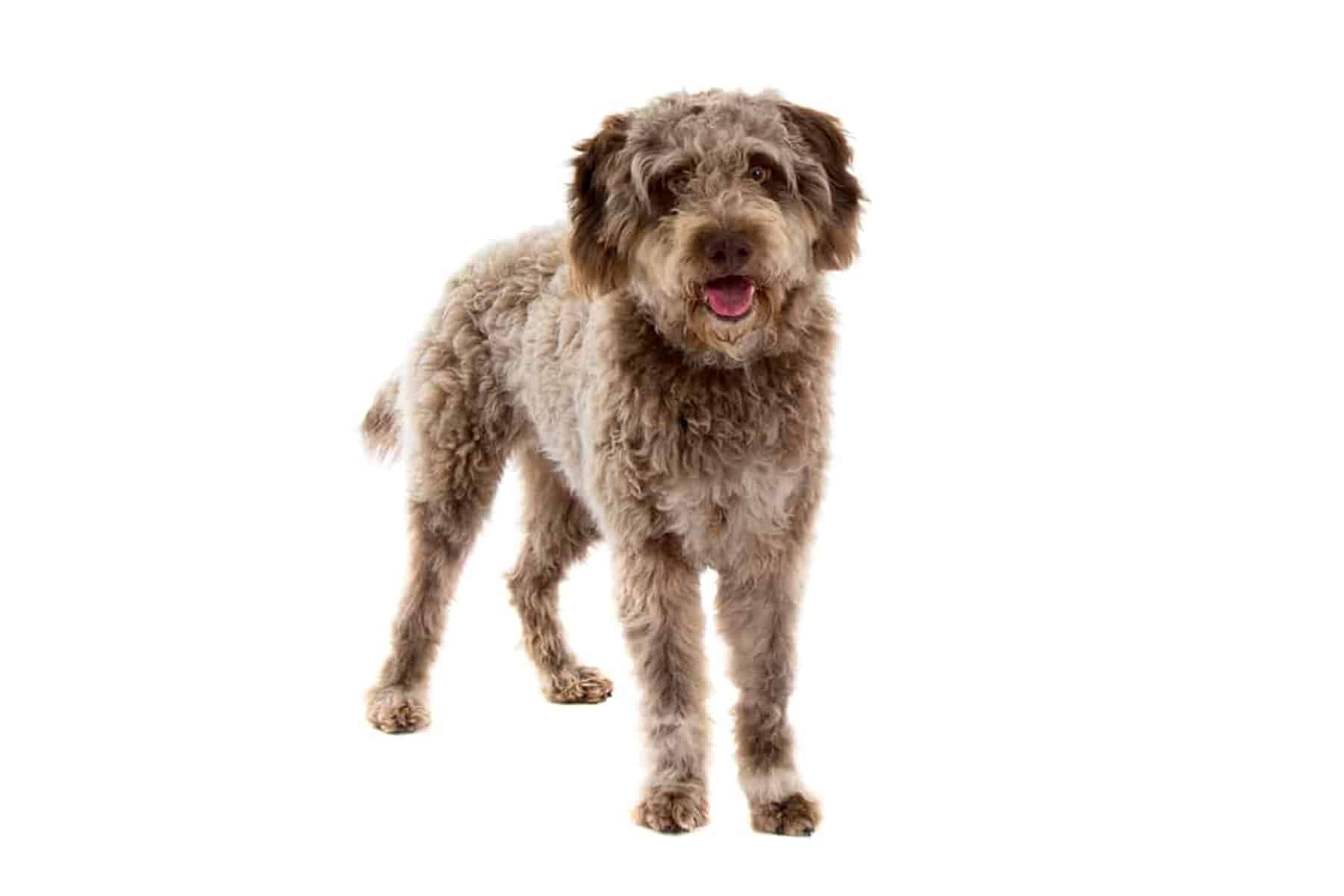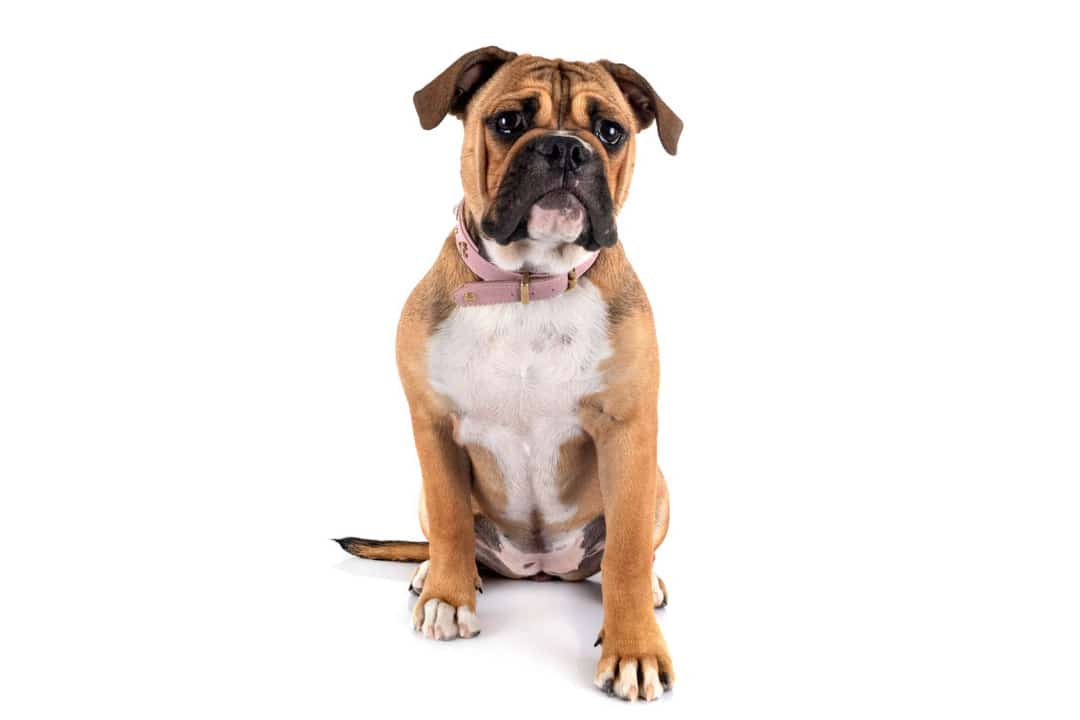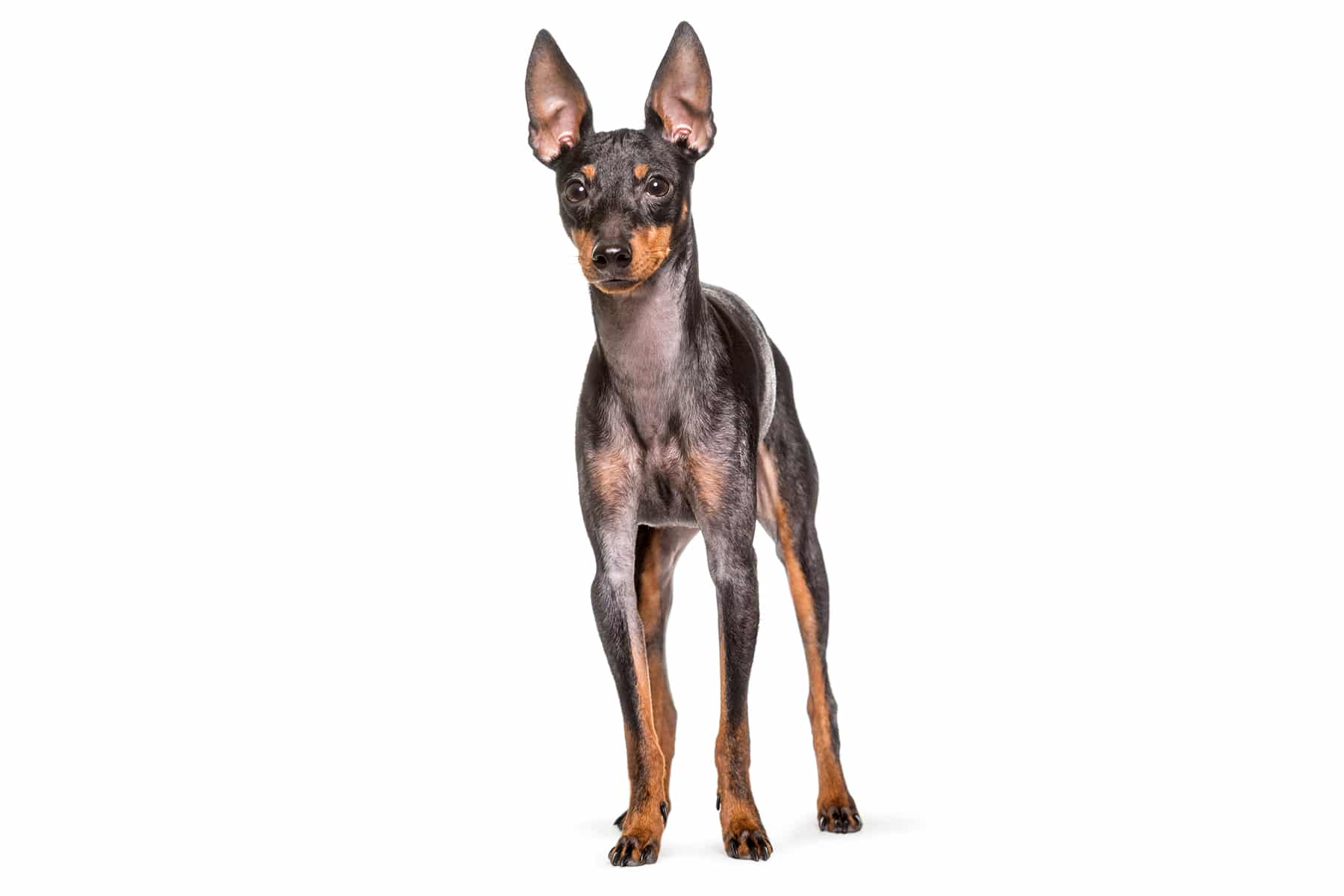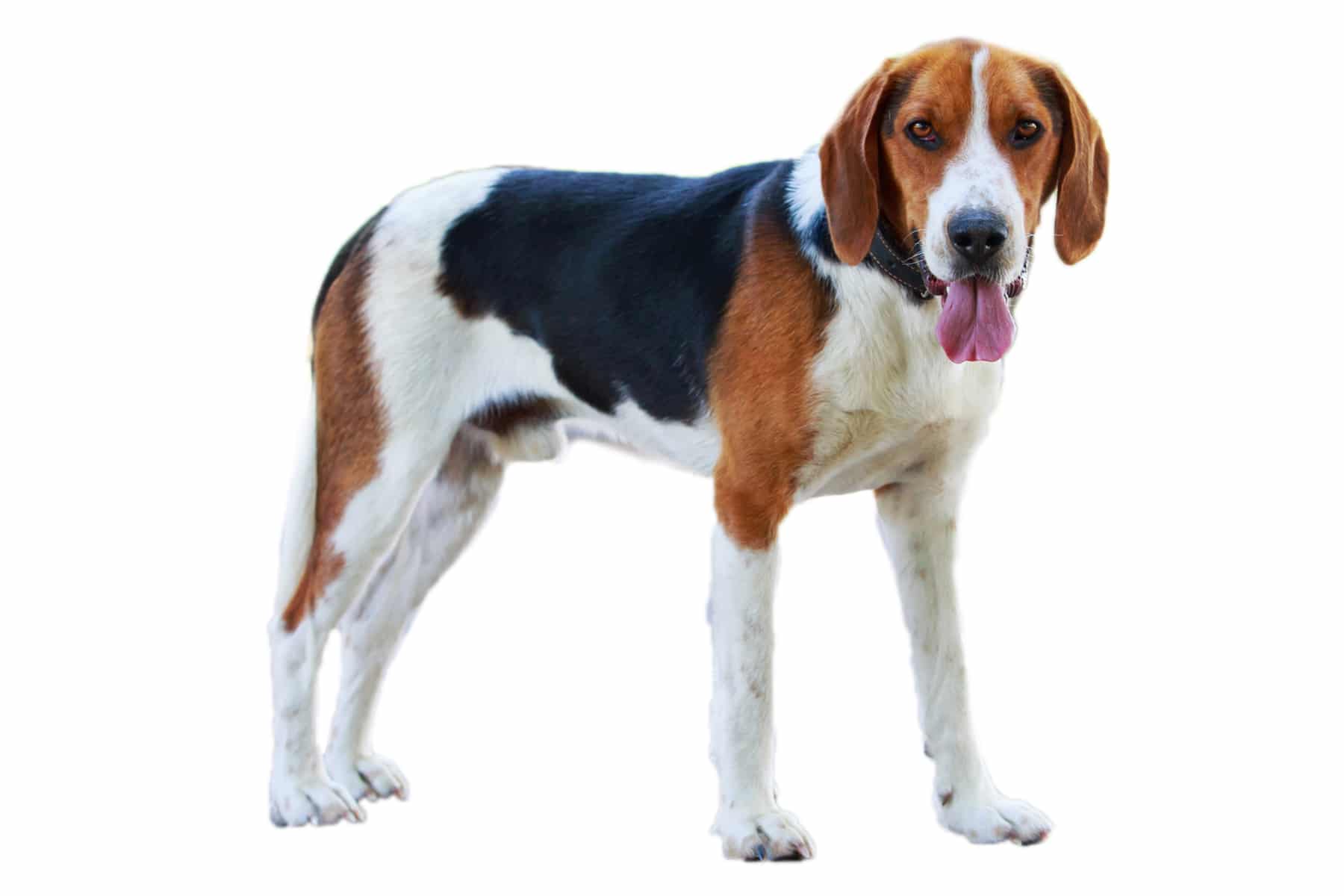Pembroke Welsh Corgi
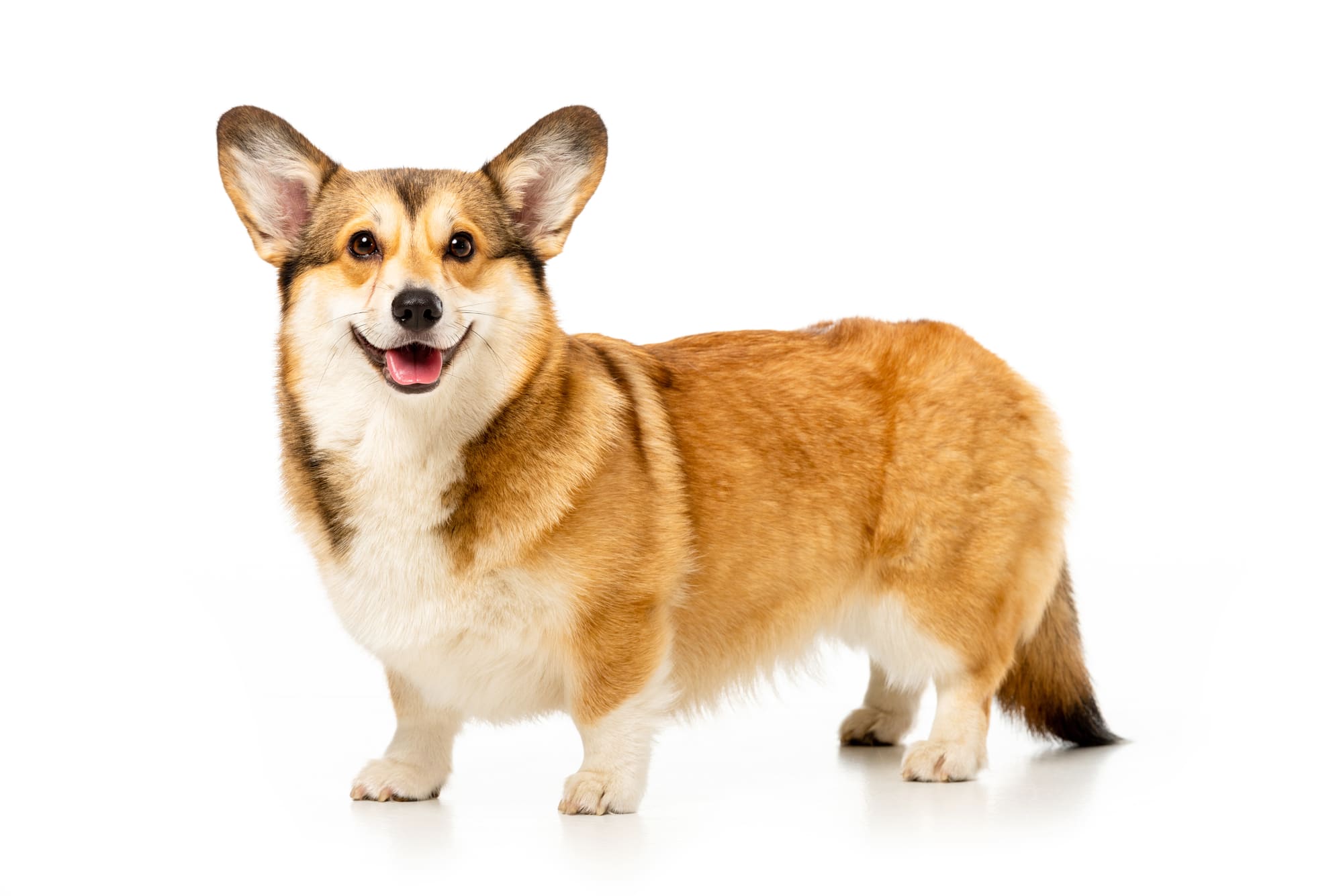
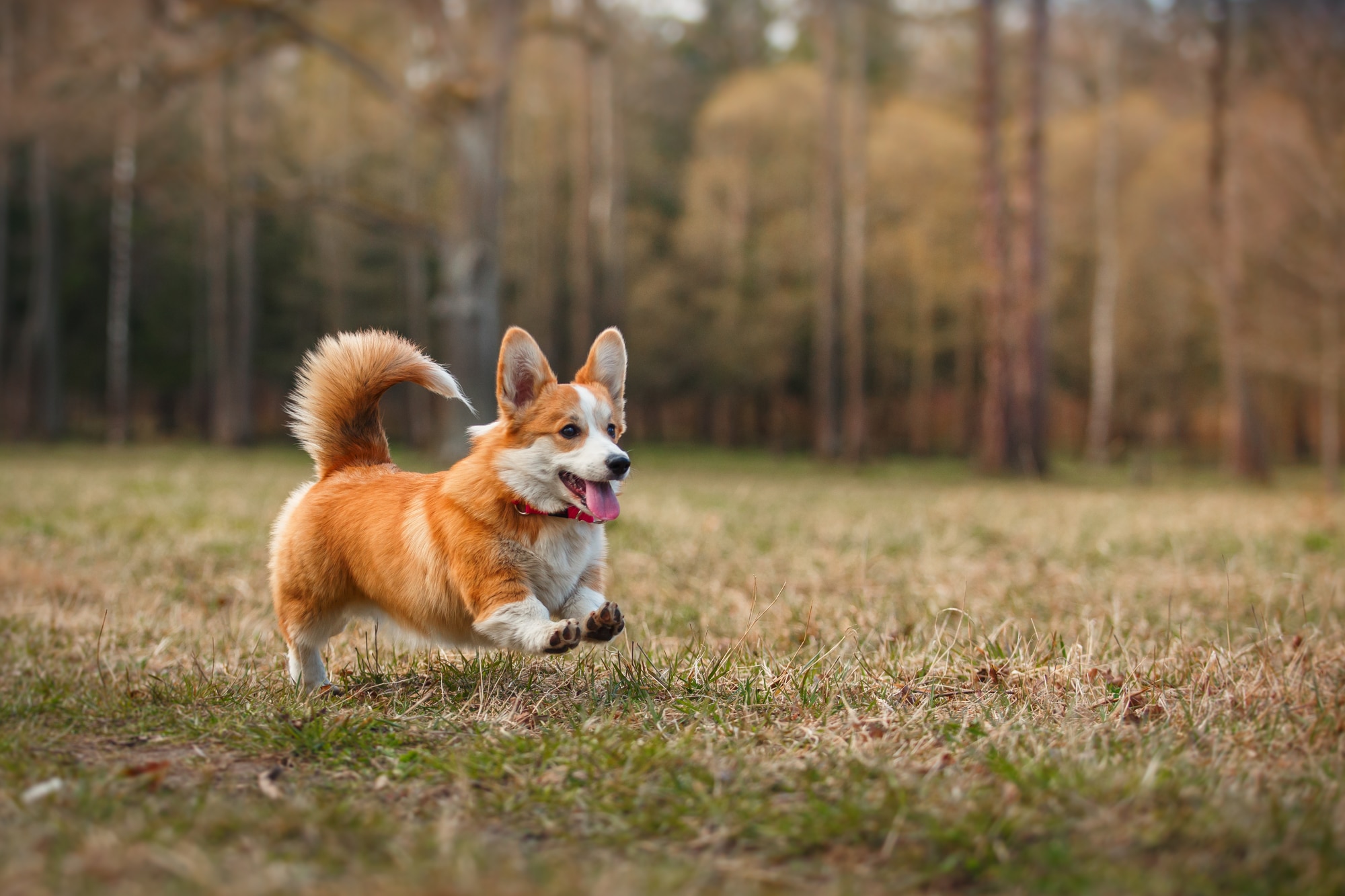
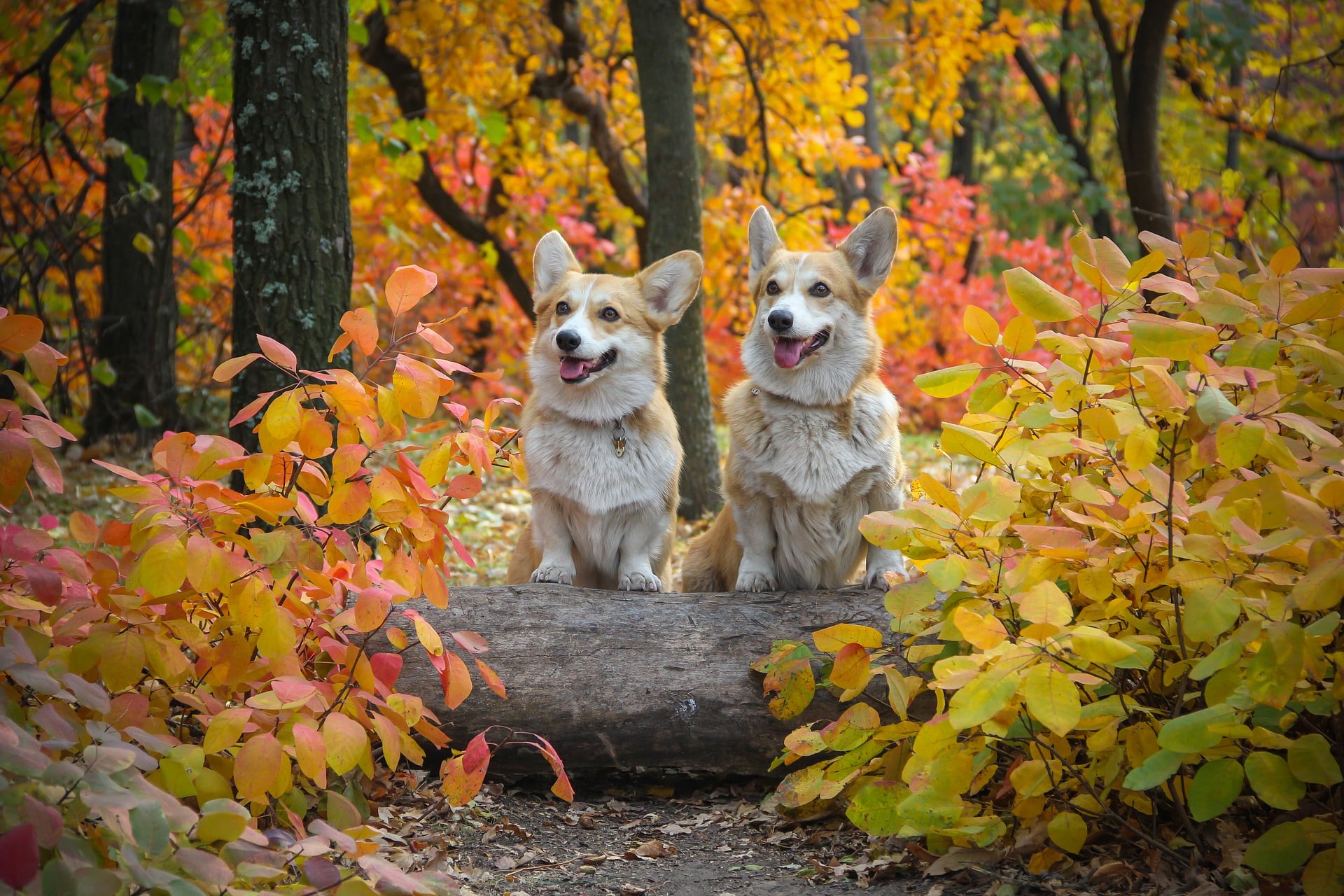

Temperament:
The Pembroke Welsh Corgi is a British dog breed whose origins date back to the 10th century. This breed is small and is therefore well suited to being kept indoors. It was also the breed of the British Queen. However, the Pembroke Welsh Corgi is not a pure lap dog, but needs variety and exercise.
Characteristics
The Pembroke Welsh Corgi is a breed recognized by the FCI and belongs to the herding dogs. It reaches a weight of up to 12 kg with a maximum shoulder height of 30 cm. Its appearance is small and compact - it has an elongated body with short legs.
The coat is short and chestnut brown with white markings. The chest is mostly white. However, there are also red or black and red mixed as a tricolor. The color sandy yellow is rarer.
The breed has some special features. One of these is the shedding process. This takes several weeks.
The Pembroke Welsh Corgi is also jokingly referred to as the "rolling corgi". This is because he loves to roll around on wet grass, sand, asphalt, carpets or dead animals.
The Pembroke Welsh Corgi also usually lies on its back when sleeping. He loves soft pillows. He also likes to lie on his back to demand cuddles.
Another special feature of the Pembroke Welsh Corgi is its yodeling. The Pembroke Welsh Corgi lets out its singsong on all sorts of occasions to draw attention to itself.
Other sounds such as growling, rumbling or gurgling are also completely normal. The Pembroke Welsh Corgi is a very loud animal.
The Pembroke Welsh Corgi is very greedy. Caution is required here to prevent the animal from gaining too much weight.
He is also an attentive observer. He likes to look at himself in the mirror and always keeps an eye on his surroundings.
He needs a strong hand, otherwise he likes to take the lead himself. He likes to fetch and enjoys swimming. The Pembroke Welsh Corgi also feels at home in the mountains and masters any obstacle without any problems. Due to his small stature, however, you should not take him cycling, jogging or riding, as this would overtax the animal.
Despite his small size, the Pembroke Welsh Corgi likes to feel superior to his fellow dogs. He is fearless and makes his point clearly. The Pembroke Welsh Corgi harmonizes best with conspecifics of the same breed.
Otherwise, it is a self-confident animal by nature. It is quick to react and fearless. It is very robust, weatherproof and rarely susceptible to disease. Its hunting instinct is hardly pronounced.
Coat care:
Shedding:
Energy level:
Trainability:
Children suitable:
The right food
When choosing food, make sure that it contains high-quality ingredients, is balanced and meets your dog's requirements. Age, size or weight, activity and health status play an important role. You should follow the manufacturer's recommendations for the amount of food.
Treats should only be fed in moderation and deducted from the basic diet to avoid obesity.
Puppies can be fed 4-6 times a day. The number of meals should be gradually reduced to 2 per day until the dog is fully grown. A rest period should be observed after meals.
Fresh drinking water should be available at all times.
Health & Care
As the Pembroke Welsh Corgi has a short coat, it is relatively easy to groom. Nevertheless, the dog should be brushed weekly to remove dirt and dead hair from the coat. Brushing is an additional massage for the dog and stimulates blood circulation.
When the dog's coat is changing, it needs to be brushed daily. During this time, he loses a lot of hair, which could otherwise spread everywhere or become matted.
In addition, eyes and ears should be wiped regularly with a damp, soft cloth. The paw pads should be checked for foreign objects after every walk and these should be removed. The body should be checked for uninvited guests such as ticks.
Paw pads should be regularly lubricated with a greasy cream, especially in winter. This keeps the stressed skin supple and prevents it from tearing. The claws should also be trimmed if necessary.
For the dental care of the Pembroke Welsh Corgi, we recommend the use of a dog toothbrush and an appropriate dog toothpaste. This prevents the formation of caries and tartar. You should also give your dog chewing bones. These also have a cleansing effect.
If he is particularly dirty, you can also give him a bath. But don't do this too often and always use a special dog shampoo.
Suitable accessories
There are a number of products that you need as a dog owner. First of all, your dog needs a collar and a lead. There are different variants here. A dog harness can also be used for small dogs. A flea collar can also be put on the dog to protect it from annoying fleas.
The Pembroke Welsh Corgi also needs a food bowl and a drinking bowl. Both should be non-slip and made of stainless steel.
To give the dog its own place to sleep and retreat to, you should put a basket out for it. You can line this with a blanket.
If you take your dog with you in the car, you must also ensure its safety there. This includes using a dog gate or a transport box. It should also be strapped in.
To groom your Pembroke Welsh Corgi, you will need various brushes and combs as well as a mild dog shampoo. You should also buy a dog toothbrush and a suitable dog toothpaste. Other useful utensils include tick tweezers, a flea comb, flea powder and claw scissors. A greasy ointment for the pads is also recommended, as is a first aid kit. It's best to ask your vet what should be in the first aid kit.
To keep your Pembroke Welsh Corgi busy, you will need various toys. You can buy balls, a rope or things like a Frisbee that the dog can fetch. Your dog will also enjoy toys that stimulate his mental performance. You should have treats ready as a reward.

Origin & History
The Pembroke Welsh Corgi originally comes from Wales. Its name comes from the Welsh and means "small or low dog". Pembroke is a county in the southwest of Wales.
The Pembroke Welsh Corgi belongs genetically to the group of small dogs - like the Sheltie. The coat pattern also comes from it.
In the past, the Pembroke Welsh Corgi was mainly kept as a farm dog. They were responsible for rounding up large livestock such as cattle and horses. On the farm itself, they were kept against rodents and smaller predators. They were also used to greet visitors.
In 1933, the first Pembroke Welsh Corgi joined the Royal Family. From then on, he was hardly ever kept as a farm dog. In the 1950s, he gained the reputation of the "heel nipper" because he was small and agile and liked to nip large animals in the heels and then dive down.
In 1934 it was recognized by the Kennel Club as an independent breed. The dogs changed their appearance and became smaller and more compact. Over time, they developed from working dogs to family dogs.
From 1933 to 2009, the Pembroke was bred by the British Queen Elizabeth II. Since 2015, the Pembroke Welsh Corgi has been monitored by the Kennel Club, as there are only a few offspring left.
In America, on the other hand, the breed is one of the most popular dog breeds and is ranked 20th.
